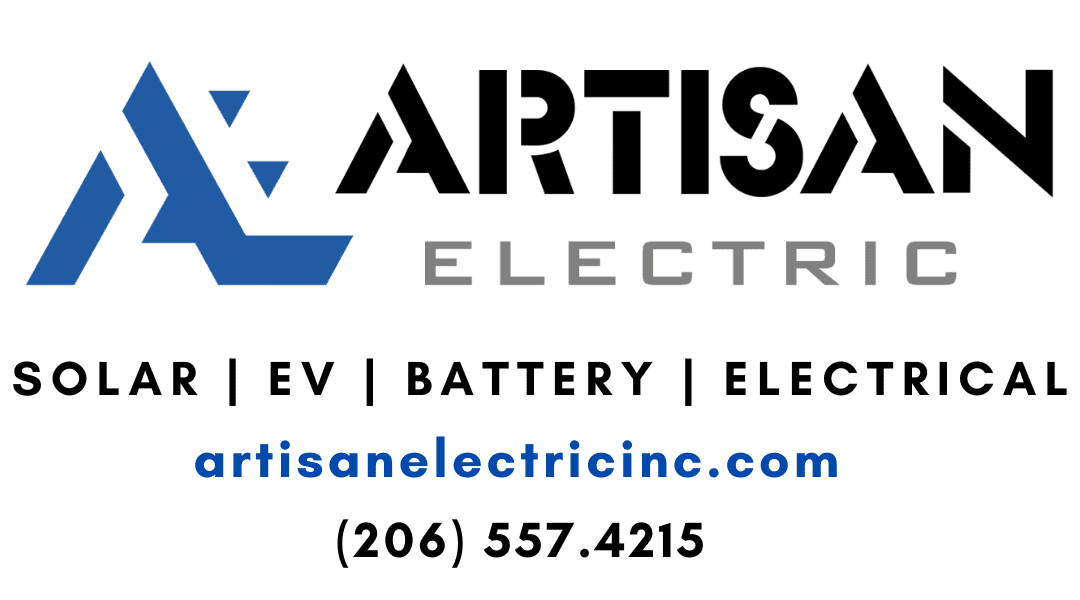LEDs bulbs contain multiple Light Emitting Diodes. These diodes emit photons…the same light as the sun. With falling prices, they are taking over the marketplace as the go-to bulb, and for good reason. LED bulbs turn on instantly, use less energy, last longer, need not time to warm up, perform better in cold temperatures, can handle jarring and bumping, and are smaller than anything else readily available on the market.
Let’s compare LEDs to incandescent bulbs. Incandescent light bulbs work by heating a filament to a very high temperature so that it glows. A typical 60 watt incandescent bulb uses 60 watts to produce 800 lumens , last about 1,000 hours and wastes 98% of their energy as heat.
A typical LED bulb uses 10 watts to produce 800 lumens, lasts 50,000 hours and wastes 4% of their energy as heat.
Incandescent bulbs have a reputation for emitting a “warm” light. I had a hard time getting my family to replace them for this reason. LED’s, however, come in every imaginable color spectrum, sometimes in the same bulb. For my birthday, I received a Philips Hue LED kit, which allows me to control the light, intensity and frequency of the LED bulbs via my smartphone. The colors pulse and change when I play music, when the phone rings, when someone enters the room via a motion sensor, etc. This is one of the best gifts I’ve ever received.
So, what is the fate of incandescent bulbs? A national ban on incandescent bulbs went into affect in January of this year. You may not have noticed. It turns out that most people have already made the switch to LEDs, or at least CFLs (which has acted as a bridging technology). Like Seattle’s ban on plastic bags, this is just a logical progression towards better design brought about by smart policy. By “better” I mean more environmentally, socially and economically sustainable design.
